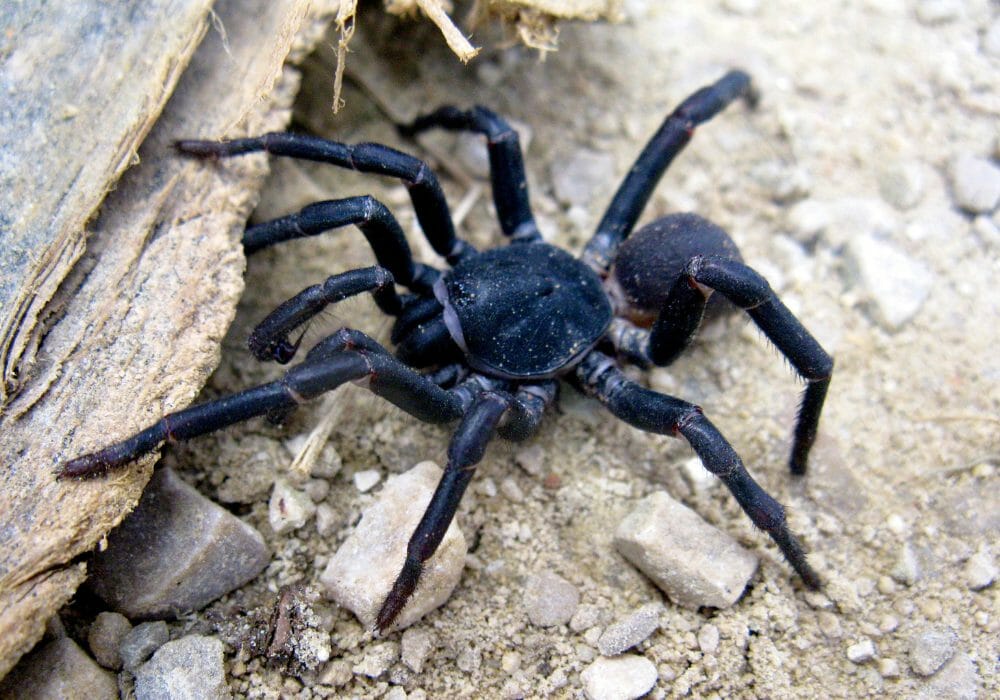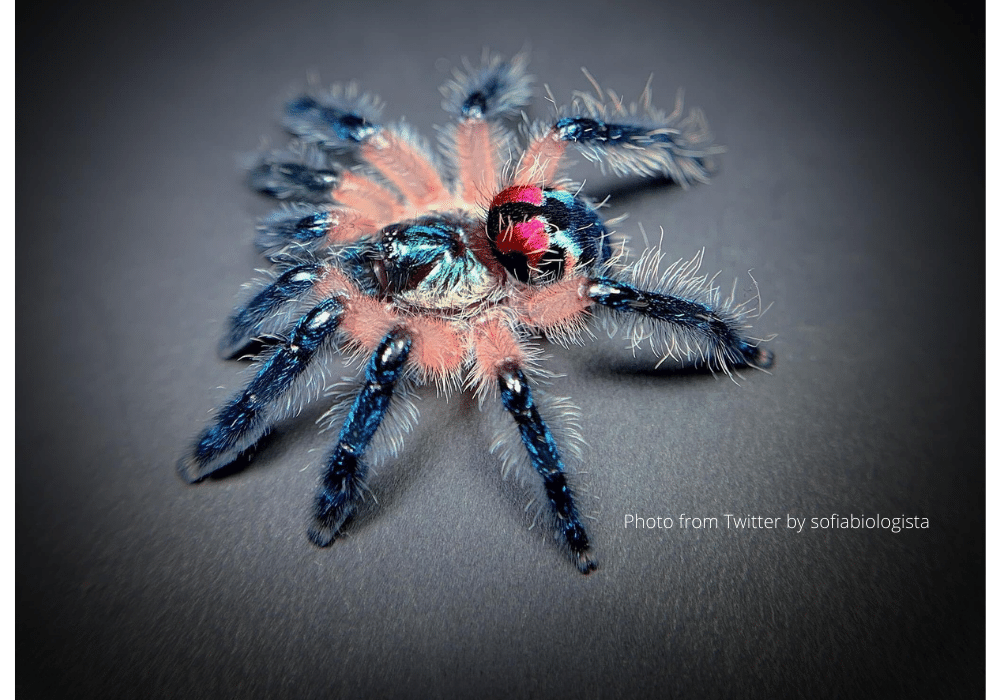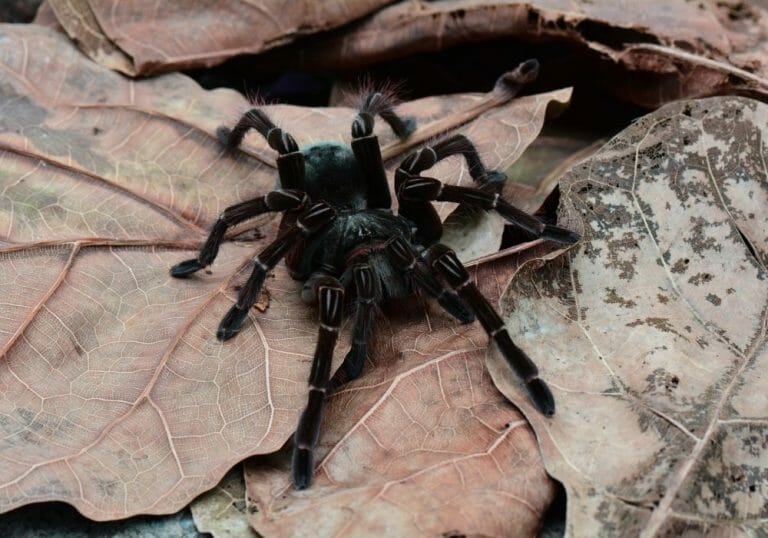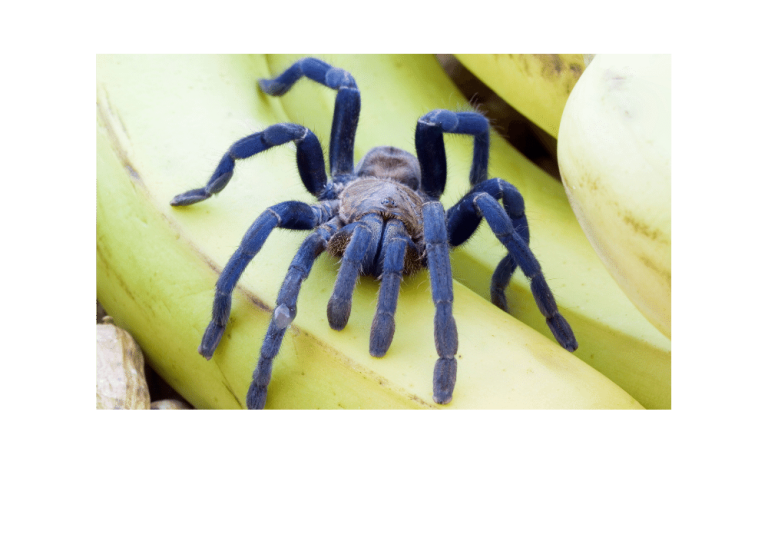Brazilian Blue Tarantula (Everything You Need To Know)
The Brazilian Blue Tarantula is a member of the Theraphosidae family. This type of Tarantula can be found all over the American continent. Pterinopelma sazimai is its scientific name.
Description of the Brazilian Blue Tarantula
With its brilliant blue coloration, the Brazilian Blue Tarantula is a stunning display species to have on display. Additionally, they have bright red or orange hairs on their abdomen, contrasting wonderfully with the blues.
The blue color of these tarantulas is seen after molting. This is significantly more evident in the sunlight.
This is a medium-sized ground tarantula. Adults usually have a leg span of 5-6″.
The spider’s abdomen is covered in urticating hairs. Their name comes from their iridescent blue body. They measure approximately 6 inches (15.24 cm) in length.
They form a thick web beneath trees, leaves, rocks, and trunks in the wild, primarily to defend themselves from harsh weather.
Geographical Distribution and Natural Habitat
As its name implies, the Brazilian Blue Tarantula is a native of Brazil. However, they are more particularly located in the eastern Brazilian states of Bahia and Minas Gerais.
These areas have dry and wet seasons. Seasonal temperature variations are also to be expected. So, the Brazilian Blue Tarantula is highly adaptive, and it can withstand fluctuations in temperature and humidity without difficulty.
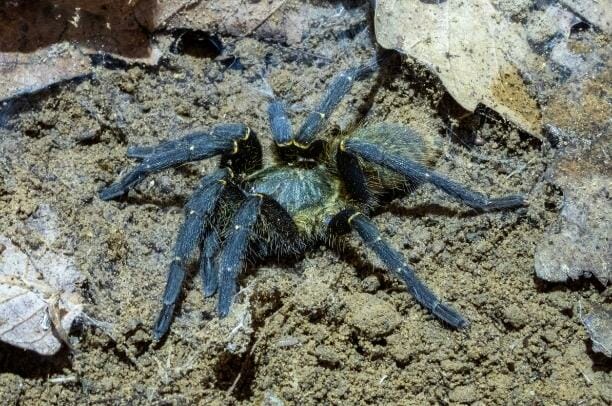
There is a distinct difference between giant spiders and spiderlings when burrowing and hiding under cork bark.
Age
Life expectancy is unknown. According to one source, the female can live up to 12 years. Males reach sexual maturity after two years. Females can achieve this at the age of three.
Behavior
The Tarantula’s opportunistic burrowing behavior allows it to self-regulate in severe climates. These tarantulas are arboreal, so one should provide lots of structure and enough substrate for burrowing if necessary.
They are generally considered reasonable to work with, exhibiting nervous behavior and attitude only when startled or irritated. Therefore, the risk of a bite from the Brazilian Blue Tarantula is low.
Handling & Temperament
The Brazilian Blue Tarantula is neither aggressive nor defensive. Therefore, even novices should have little difficulty with primary tank care and feeding.
If you need to move your Brazilian Blue Tarantula, carefully put it into a transparent plastic container, then close the top tightly.
Brazilian Blue Tarantulas as Pets
If you’re thinking about getting a Brazilian Blue Tarantula, buying from a reliable breeder is critical.
Now that their native habitat is threatened by deforestation and wildfires, it is critical to protect the remaining wild population. As a result, you should always purchase a captive-bred tarantula.
This highly adaptable species is relatively simple to care for as long as the fundamental requirements are met. But, they can be highly nervous and defensive, making them a better choice for those who have past knowledge of tarantulas.
Feeding Habit of the Brazilian Blue Tarantula
To feed enormous prey, you must first kill them. A Brazilian Blue Tarantula spiderling can be fed twice a week. They can be provided with the species of fruit flies or pre-killed tiny crickets at this stage.
If there is any food leftover, it should be thrown away within 24 hours. When a tarantula is in pre-molt, you should wait until the skin hardens before providing them food again.
Feeding intervals can be increased as Brazilian Blue Tarantula matures. This is because their growth rate has slowed, consuming less energy.
A juvenile should be given 2-3 medium-sized crickets once a week, whereas an adult should be fed 5-6 crickets in 2-3 weeks.
There is no predetermined quantity to feed a tarantula; you must decide on the spider’s health. For example, if they are getting skinny, increase meal portions or decrease feed intervals.
Reduce the amount of food they eat or extend the time between feedings if they become overweight. In addition, various insects, such as roaches’ mealworms, super worms, and locusts, can be used to enhance their diet.
Housing & Cages
The Brazilian Blue Tarantula’s floor space is more significant than its height as a terrestrial species. Indeed, excessive size is not suggested in a terrestrial tarantula habitat. This is because a fall from a great height is lethal for these spiders.
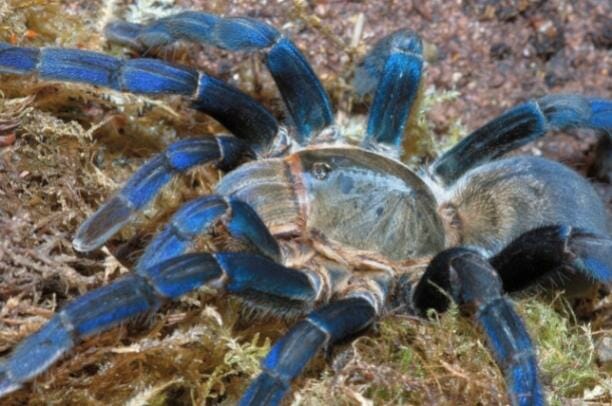
Because they spend time in their burrow, an enclosure measuring 18′′ x 12′′ x 12′′ is sufficient for this adult species. For smaller animals, smaller tanks are available.
Enough ventilation should allow moisture to escape, keeping the cage clean easily. Because this is a burrowing type, add 5-6 inches of substrate.
You can add some cork bark to the surface. Additionally, you should provide a small water bowl.
Because these spiders prefer high humidity, keeping the substrate moist but not saturated is vital. To avoid stagnant conditions, ensure that the enclosure is well ventilated.
This method works for both spiderlings and juvenile blue tarantulas. As a general guideline, an enclosure should be three times the spider’s leg span length.
Tank Decoration
The Brazilian Blue Tarantula is a beautiful species that adapts itself well to tank design. You’re free to use anything you like, whether dried leaves, rotting wood, or living plants.
While these decorative components are entirely subjective, the two “standard” features for all tarantula containers remain true here — an appropriate substrate and a place to hide out of view.
Hides
A curve piece of cork bark large enough to conceal your Brazilian Blue Tarantula is likely the most effective hide. Alternatively, a plastic plant container partially buried works nicely.
Humidity & Water
For the sake of their hydration, the smallest specimens are regularly misted. In addition, mold and mildew growth are prevented by allowing the cage to dry between treatments.
When The Brazilian Blue Tarantula reaches a few inches in leg span, an open water dish should be practical and safe. You can use an old bottle lid or a hamster water bowl. Regularly changing the water and scrubbing the bowl with boiling water is necessary to avoid the growth of bacteria.
The key is to ensure they have clean drinking water.
Temperature
Room temperature is acceptable for your Brazilian Blue Tarantula. If you find the temperature to be comfortable, they will find it to be comfortable as well. Therefore, you don’t need additional heating equipment to care for them.
However, winter heating may be necessary if you reside in an icy region. Keep them between 70F-75F during the day and a few degrees cooler at night.
You should use an under-tank thermal mat if you ever need to keep your enclosure warm. However, this should be replaced with a high-quality thermostat to prevent the cage from becoming too heated.
You do not need to give any particular type of illumination for your Tarantula, such as UVB. All they require is a good day/night cycle.
Handling a Brazilian Blue Tarantula
Brazilian Blue Tarantulas are best kept as display species due to their skittish and supportive nature. If you try to pick them up, they’ll try to escape as quickly as possible.
When threatened, these spiders will typically get away as quickly as possible. However, they will bite if trapped and show a bad attitude if cornered.
Additionally, these tarantulas can flick hairs from their abdomens. If these urinating hairs contact your skin, they can be pretty irritating. This is another deterrent method they will utilize.
Price and Availability
If you want to take this tarantula home, be prepared to spend considerable money. Due to its scarcity, it is one of the most costly tarantulas available today, and with good reason.
A sling costs over $50 on numerous online marketplaces; an adult male costs approximately $75, while adult females cost around $160+. Considering most tarantulas are under $100, this is a reasonable price.
However, if you’re prepared to spend a little extra money, it is a fantastic tarantula that is visually appealing and entertaining.
Related Posts
- Brazilian Blue Tarantula (Everything You Need To Know)
- Thailand Black Tarantula – All Facts
- Thai Tiger Tarantula (Everything You Need To Know)
- Feather Leg Baboon Tarantula (Everything You Need To Know)
- Blue Baboon Tarantula (Everything You Need To Know)
- Trinidad Olive Tarantula – All Facts
- Purple Bloom Tarantula – All Facts
- Brazilian Jewel Tarantula – All Facts You Need To Know
- Silver Bengal Cat As Pet
- 17 Small White Dog Breeds – Facts and Temperament
